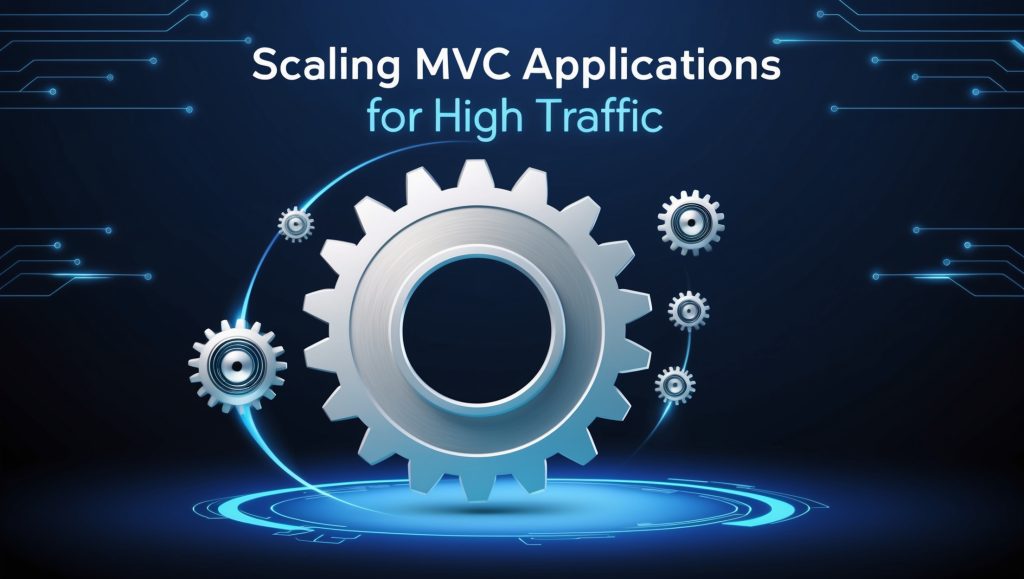In modern web development, performance optimization stands as a crucial factor in delivering exceptional user experiences. As applications grow in complexity and user base, the need for efficient data retrieval and processing becomes paramount. Model-View-Controller (MVC) architecture, while providing excellent separation of concerns and maintainability, can benefit significantly from strategic caching implementations. This comprehensive guide explores various caching strategies within […]














